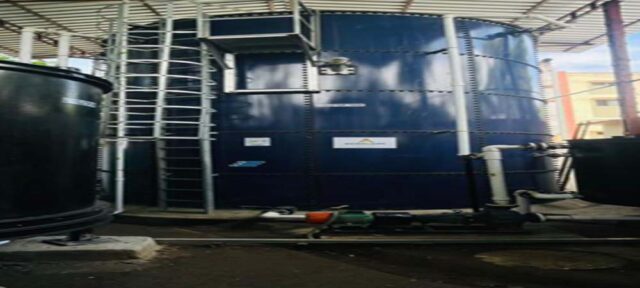First time in Mumbai, BMC has set up a waste-to-energy Bio methanation plant which will convert the wet waste into electricity and gas.
Mumbai city generates more than 9000 metric tonnes of waste daily..In this 70 percent is wet waste. In the past couple of years, BMC has been able to reduce around 1,000 metric tonnes of garbage. It was possible due to the introduction of compulsory processing of waste by Societies, hotels generating more than 100 kg waste daily on their premises, and segregation of wet and dry waste. Many of them are flouting the rule despite several notices.
Here are some of the facts of Waste to Energy (WTE) plant:
- The plant developed on an abandoned plot at Keshvrao Khade road near Haji Ali circle
- It is spread over 2,000 square feet,
- It can generate 80 to 110 cubic meters of gas per day
- It can generate 125 to 250 units of electricity per metric tonne of waste.
- The plan will require 45 units of electricity.
- It requires 2000 litres of water per day to process 2000 kg of wet waste.
- It will help to provide electricity for street lighting of the area and lighting a local garden.
- Plant funded through Corporate Social Responsibility (CSR)
What is Bio Methanation?
Biomethanation is a process by which organic material is microbiologically converted under anaerobic conditions to biogas. Three main physiological groups of microorganisms are involved: fermenting bacteria, organic acid oxidizing bacteria, and methanogenic archaea. Microorganisms degrade organic matter via cascades of biochemical conversions to methane and carbon dioxide.








